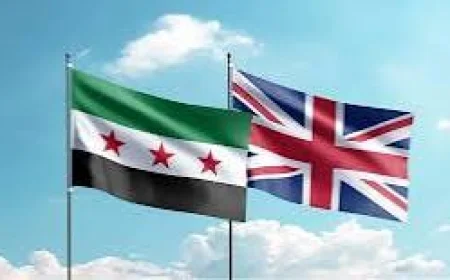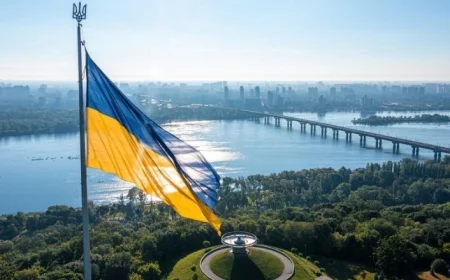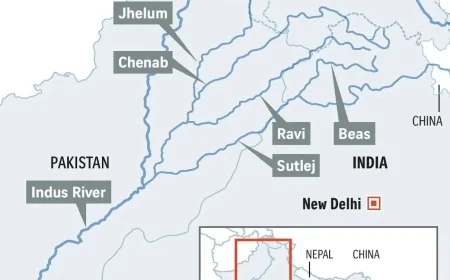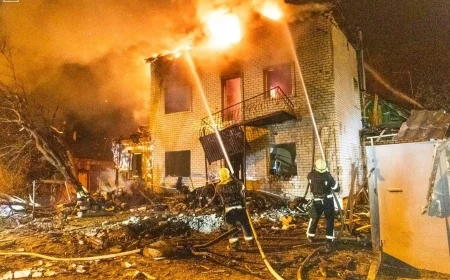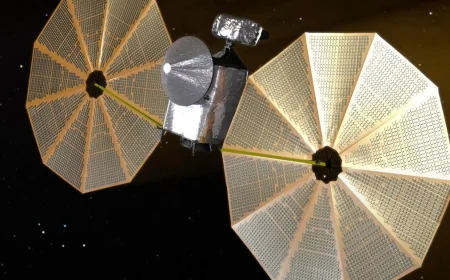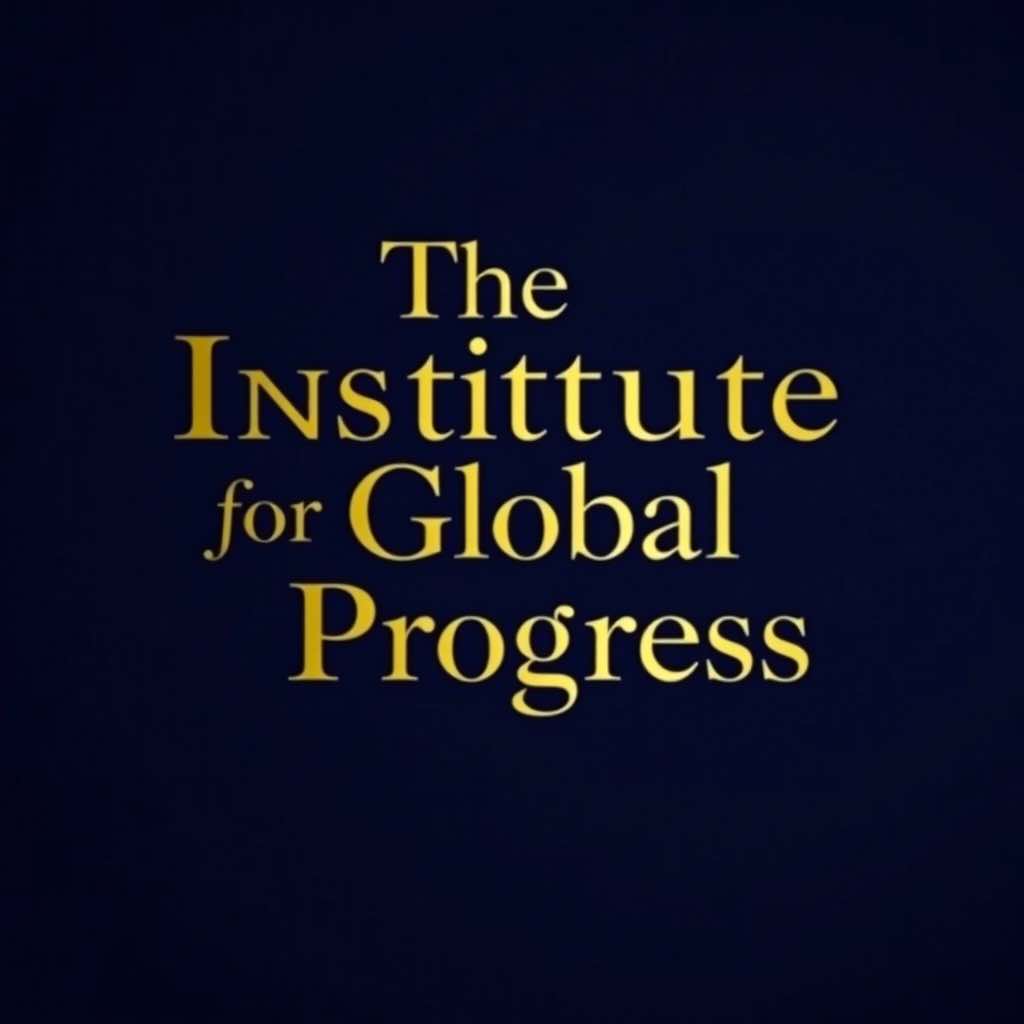The relationship between the United States and Iran has long been characterised by suspicion, confrontation, and missed opportunities. Historically fraught since the 1979 Islamic Revolution and the subsequent hostage crisis, bilateral relations have hardened over the decades, punctuated by moments of cautious engagement. However, as explored in recent analysis by the Middle East Institute, even under the seemingly hardline presidency of Donald Trump, avenues for an improvement in relations—once deemed unthinkable—began to emerge. This article offers a balanced examination of the opportunities and risks surrounding US-Iran relations and proposes strategic steps for ensuring that any potential rapprochement translates into sustainable peace and enduring justice.
The Complex Landscape of US-Iran Relations
During Donald Trump’s tenure, the United States withdrew from the Joint Comprehensive Plan of Action (JCPOA) in 2018, reimposing crippling sanctions under the ‘maximum pressure’ campaign. Tensions escalated sharply, culminating in the assassination of Iranian General Qasem Soleimani in early 2020. Despite these hostilities, paradoxically, certain structural dynamics suggested that even Trump’s administration was not entirely opposed to a potential recalibration of relations.
Iran’s resilience in the face of sanctions, coupled with the Trump administration’s occasional overtures hinting at the possibility of negotiation without preconditions, indicated a recognition—however muted—of the costs of perpetual antagonism. Similarly, Iran’s leadership, acutely aware of internal economic pressures and regional isolation, signalled selective openness to dialogue, albeit on its own terms.
Thus, even amid the noise of confrontation, faint outlines of diplomatic possibility remained discernible.
Opportunities for Re-engagement
Several factors continue to create openings for improved relations:
• Regional Stability Imperatives: With volatile theatres such as Iraq, Syria, and Yemen at stake, both Washington and Tehran have incentives to reduce tensions and seek regional stabilisation.
• Economic Necessity: Iran’s domestic economic pressures, exacerbated by sanctions, make future economic engagement with the West an appealing prospect for pragmatic elements within its leadership.
• Global Multipolarity: As Iran diversifies its alliances towards Russia and China, there remains strategic interest for the United States to prevent a full realignment and keep diplomatic channels open.
Moreover, generational changes within Iran may eventually shift political attitudes, with younger Iranians often demonstrating a more global outlook and aspirations for reform.
Risks and Challenges
Nonetheless, profound risks persist:
• Mutual Mistrust: Decades of enmity and mutual demonisation cannot be undone overnight. Deep-seated mistrust among political elites and populations on both sides presents a formidable barrier.
• Hardliners’ Ascendance: Both nations have influential factions invested in maintaining hostility for ideological or political gain.
• Regional Proxy Conflicts: From Lebanon to Yemen, Iran’s network of proxies remains a flashpoint with US interests and allies.
Without careful management, isolated engagements could rapidly spiral back into confrontation.
Strategic Steps for Sustained Peace and Justice
To ensure that any future rapprochement is not only possible but enduring, the following strategic steps should be considered:
1. Incremental Confidence-Building Measures:
• Rather than seeking grand bargains, both sides should pursue small, verifiable actions—such as prisoner exchanges, humanitarian aid agreements, and limited economic incentives.
• Establishing parallel unofficial backchannels could also reduce political risks for both leaderships.
2. Regional Dialogue Mechanisms:
• Initiate inclusive regional security dialogues involving Gulf states, Iraq, Turkey, and others, with Iran’s participation.
• A multilateral platform could diffuse direct bilateral tensions and anchor progress in broader regional stability.
3. De-Weaponisation of Narrative:
• Political leaderships and media on both sides should gradually shift from demonisation towards acknowledging complexity, cultivating public support for diplomacy.
4. Conditional Normalisation Pathways:
• Link progressive sanctions relief to clear, monitored steps towards de-escalation and human rights improvements.
• Avoid all-or-nothing approaches which are prone to collapse under political strain.
5. Engagement Beyond Elites:
• Promote cultural, academic, and civil society exchanges to nurture long-term constituencies for peace at a grassroots level, particularly among youth.
6. Justice and Accountability:
• Encourage both sides to support international mechanisms for addressing grievances, including the victims of conflict, without politicisation.
• Future agreements should incorporate human rights provisions where feasible, ensuring that peace is not purchased at the cost of justice.
Conclusion
The idea of improved US-Iran relations may once have appeared unthinkable, particularly under the Trump administration’s adversarial stance. Yet history reminds us that diplomacy often thrives precisely when prospects seem most remote. Navigating the perilous path towards détente requires patience, imagination, and the courage to think beyond entrenched assumptions. For lasting peace and justice to prevail, incremental engagement rooted in mutual interest and respect for human dignity must be pursued with strategic foresight and unwavering commitment.

 Like
0
Like
0
 Dislike
0
Dislike
0
 Love
0
Love
0
 Funny
0
Funny
0
 Angry
0
Angry
0
 Sad
0
Sad
0
 Wow
0
Wow
0





